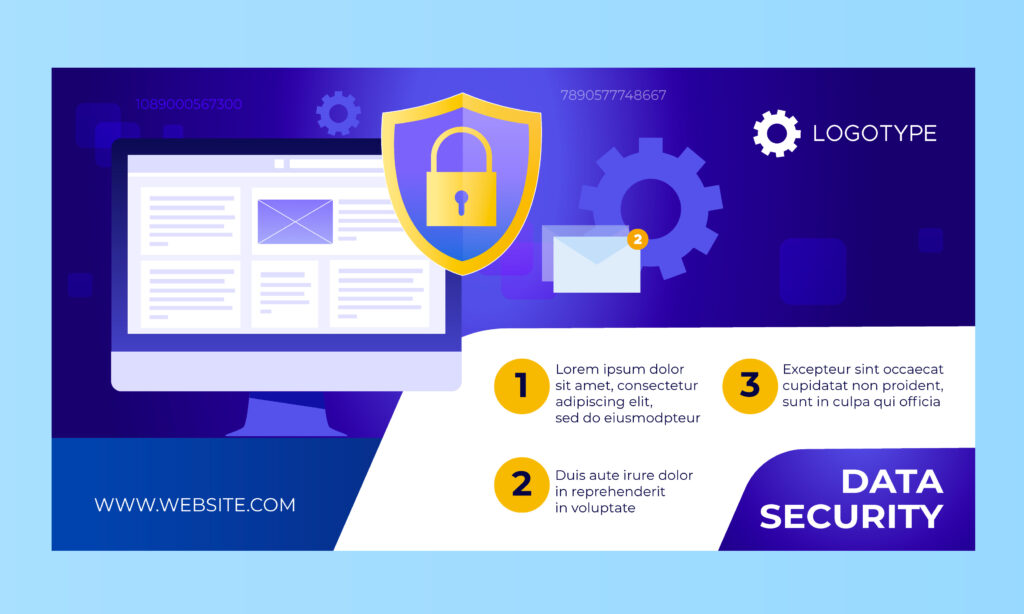Did you know that 43% of cyber attacks hit small and medium businesses? This shows how crucial it is for all companies to focus on network security assessment. By using detailed guidelines, businesses can spot, fix, and handle cyber risks. This keeps their important assets safe and ensures they can keep running.
This guide gives key tips on how to make your digital defenses stronger. It helps protect your important stuff from many threats. You’ll learn how to set up your assessment team and follow strong cybersecurity steps.
Key Takeaways
- Understand the importance of regular network security assessments for businesses of all sizes
- Learn how to define the scope and objectives of your network security assessment
- Discover the key areas to scrutinize during a comprehensive network security evaluation
- Establish security baselines and implement continuous monitoring to maintain robust cybersecurity
- Leverage best practices and guidelines to strengthen your organization’s network security posture
Table of Contents
Unveiling The Essentials of Network Security Assessments
Creating a strong cybersecurity plan starts with a detailed network security check. This deep dive into your IT setup finds weak spots and areas to get better. Knowing what the assessment covers and its goals helps make sure it meets your needs and follows the rules.
Understanding the Scope and Objectives
A network security check should focus on key parts of your IT setup. It looks at your network design, checks security measures, and sees if your security audit processes work well. The main goals should be clear, aiming to spot risks, check how well current security controls work, and plan to improve your network security assessment guidelines.
Assembling The Right Assessment Team
For a detailed network security check, you need a team with different skills. This team should include IT pros, cybersecurity analysts, and experts in threat modeling and security controls evaluation. Each person should have the right skills and experience to help the assessment succeed, making sure nothing important is missed.
| Team Member | Responsibilities |
|---|---|
| IT Security Specialist | Evaluate network architecture, identify vulnerabilities, and recommend security enhancements. |
| Cybersecurity Analyst | Conduct risk assessments, analyze threat patterns, and develop mitigation strategies. |
| Compliance Expert | Ensure adherence to industry regulations and standards, such as HIPAA or NIST. |

“The foundation of a strong cybersecurity posture lies in understanding the vulnerabilities within your network. A comprehensive assessment is the first step towards building a resilient IT infrastructure.”
Meticulous Evaluation: Key Areas to Scrutinize
Checking your network security means looking closely at several important parts. This helps find weak spots and keep your cybersecurity strong. By focusing on these areas, companies can make a strong plan to reduce risks and follow industry rules.
Network Infrastructure Analysis
It’s key to check the network setup closely. Look at how routers, switches, firewalls, and other devices are set up. Check the network’s layout, who can get in, and if secure protocols like SSL/TLS and VPNs are used.
Access Control and Identity Management
Checking how access is controlled is very important. See if user checks, password rules, and who has what privileges work well. Make sure only the right people can see important stuff and change access rights often to stop unauthorized entry.
Data Protection and Encryption
Keeping sensitive data safe is a top priority. Look at how data is protected, like with encryption, and how backups are done. Also, see how private info is handled securely.
Regulatory Compliance
Following rules like HIPAA, PCI DSS, or GDPR is a must. Check if your company meets these standards. Find any areas that need work to stay compliant and avoid fines.
| Key Area | Assessment Focus |
|---|---|
| Network Infrastructure | Device configuration Network topology Access control mechanisms Secure protocol implementation |
| Access Control and Identity Management | Authentication methods Password policies Privilege management |
| Data Protection and Encryption | Data encryption Backup and recovery procedures Secure data handling |
| Regulatory Compliance | HIPAA, PCI DSS, GDPR, etc. Identification of compliance gaps |
By looking closely at these areas, companies can learn a lot about their security. They can find weak spots and make a detailed plan to improve their cybersecurity strength.

Network Security Assessment Guidelines: A Roadmap to Robust Cybersecurity
Protecting your digital assets is crucial in today’s connected world. This article offers a detailed guide to strong cybersecurity. It highlights the need for setting security standards and ongoing improvement.
Establishing Security Baselines
Starting with strong network security means setting clear standards. You need to identify and list the basic security controls and rules. These must protect your sensitive data and key systems. Having these standards ensures your security meets industry and legal needs, laying a strong base for future security work.
Continuous Monitoring and Improvement
Cybersecurity is always changing, so staying ahead is key. Continuous monitoring and improvement are vital. By regularly checking and updating your security, you keep up with threats and changes in your business and tech.
This helps you spot and fix weaknesses, protect your data, and improve your cybersecurity.
FAQ
What are the key objectives of a network security assessment?
The main goals of a network security assessment are to find weak spots and check how secure the network is. It also looks at how well current security measures work. The aim is to make a plan to keep the important parts of the organization safe.
How do I assemble the right team for a network security assessment?
To do a good network security check, gather a team with different skills. Include network experts, cybersecurity pros, people who know about compliance, and legal experts. This team will make sure your network is checked thoroughly for security and follows the rules.
What are the critical areas that should be evaluated during a network security assessment?
Important parts to check during a network security check are the network setup, who can get in, how data is protected, and the security steps in place. Also, look at how you handle incidents and follow industry rules. This helps find weak spots and make a strong plan to fix them.
How do I establish security baselines and ensure continuous monitoring?
To have a strong cybersecurity stance, set security baselines that show the lowest security level allowed in your organization. It’s also key to keep checking and improving your security steps. This helps you stay ahead of new threats and keep your digital assets safe.
What are the benefits of regularly conducting network security assessments?
Doing network security checks often has big benefits. It helps find and fix weak spots, check if security steps work well, make sure you follow the rules, and keep improving your cybersecurity. This proactive approach keeps your important data safe, builds trust with customers, and saves your business from big losses after a cyber attack.

